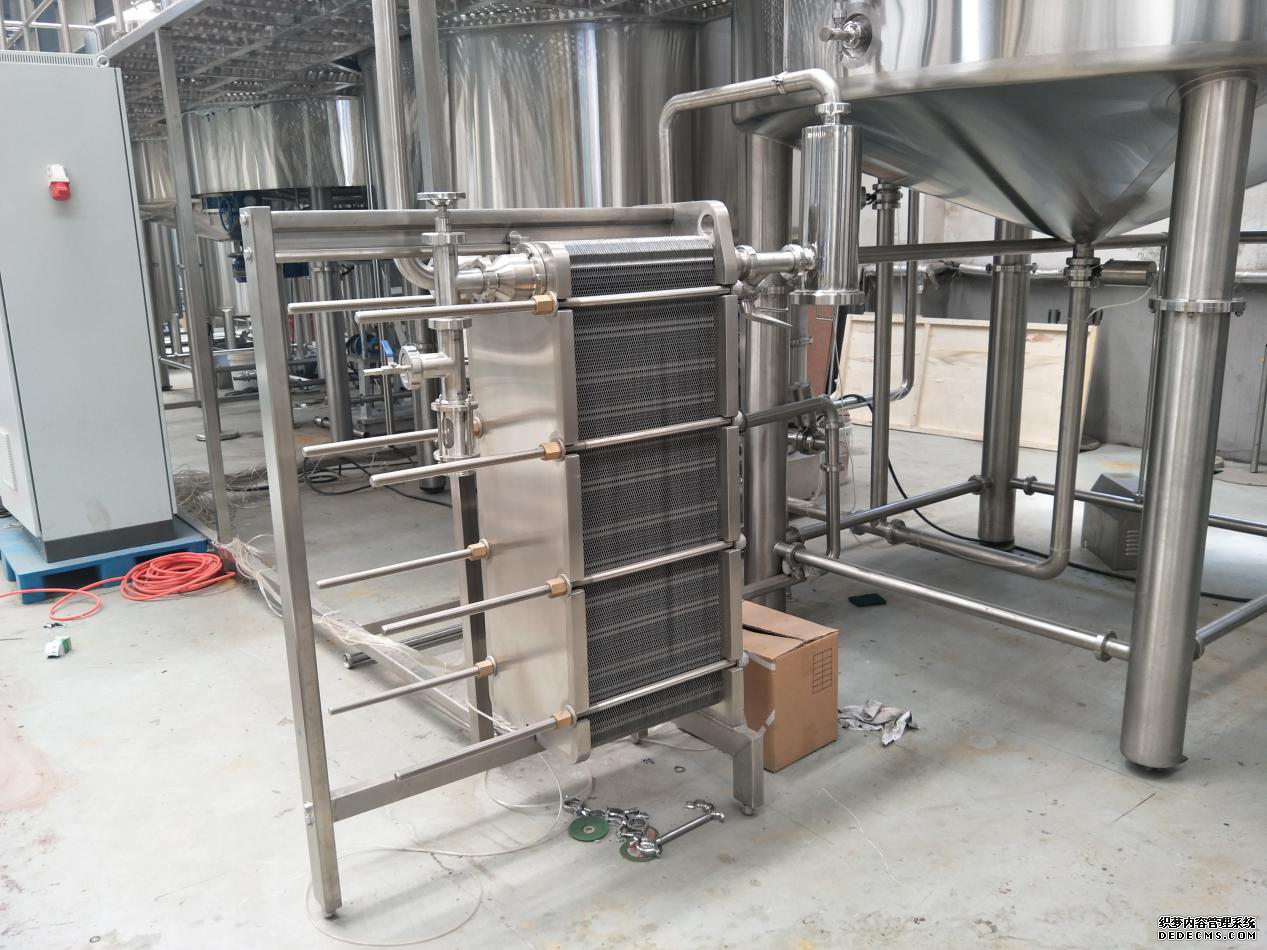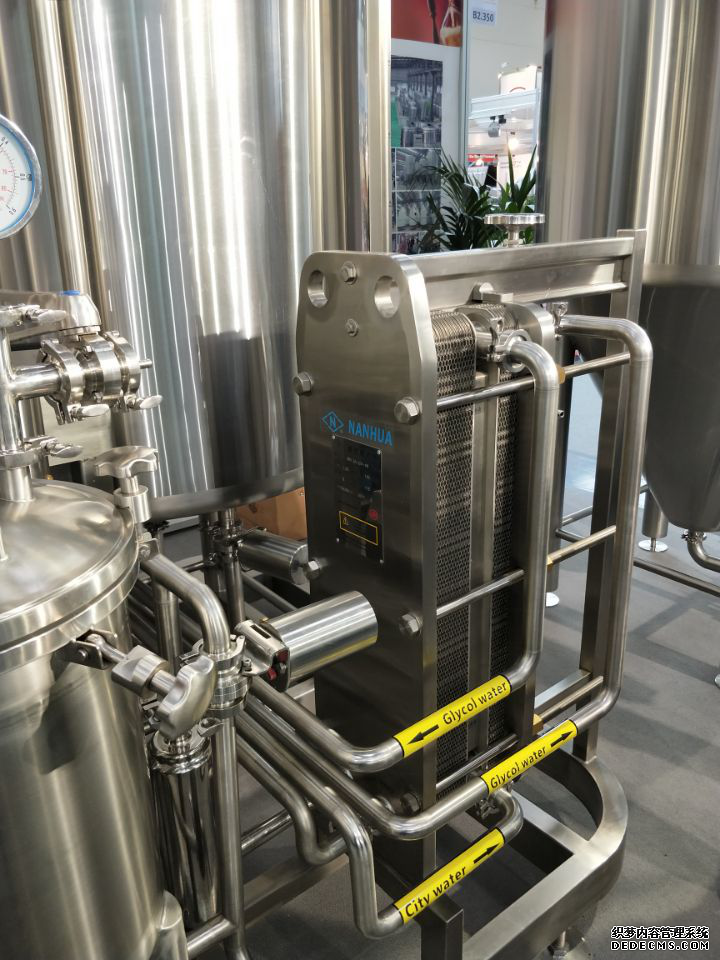Learn how heat exchangers are used in beer equipment
The heat exchangers most often used in breweries are plate heat exchangers. As a hot liquid flows along one side of the plate, a cold liquid flows along the other side of the plate, producing a “heat exchange” across the plates.Benefits of heat exchangers during production
Thermal treatments are a necessity when producing any beverage that will be bottled, and beer is no exception. Plate-type heat exchangers provide many of these treatments, including cooling, pasteurization, fermentation and aging. Having one heat exchanger is all but a necessity.
For brewers alike, perhaps the most important advantage of using a heat exchanger is that less beer is lost. In fact, a high-quality system not only recovers more wort and increases the amount of beer that can be made, the savings it provides are often enough for it to pay for itself within two years. All of these benefits lead to a massive growth in production and make brewhouse more efficient than would otherwise be possible.
Beer production basics
The brewing process begins by steeping malted barley in hot water to get the barley to break down into sugars. After an hour, the liquid turns into wort and is boiled in a kettle for an hour or more (depending on the flavor you’re aiming for). This is when a heat exchanger steps into the picture.
Once the liquid has been made into wort, it needs to be cooled down as fast as possible. Lowering the temperature of wort as quickly as possible is crucial in the brewing process, and the bigger an operation is, the more difficult this process becomes. This can be done in a number of ways, including adding ice to the kettle, putting the kettle in ice, and using either a wort chiller or heat exchanger.
The heat exchangers most often used in breweries are plate heat exchangers, which consist of a series of plates. As a hot liquid flows along one side of the plate, a cold liquid flows along the other side of the plate, producing a “heat exchange” across the plates.
In the brewhouse, hot wort is run through a heat exchanger and cooled by the water or refrigerant running along the reverse side of the plate in the opposite direction. A properly sized heat exchanger can get the right temperature in less than an hour. Once the wort cools sufficiently, it is ready for fermentation.
The cold water then gets heated and returned to a hot water tank to be used for the next brew or for some other purpose in the brewery. The heat used to bring the wort to a boil can be reused to heat cold water entering the building. If a plate heat exchanger uses refrigerants, it can also be used after fermentation to lower the beer’s temperature and allow the aging process to take place.

Conclusion
Heat exchangers increase production, reduce energy consumption and emissions, allow for less operational water use and assist in wort recovery. While plate heat exchangers are typically used in beer and cider production, it’s not unheard of for shell and tube heat exchangers to be used as well. Either way, there’s no doubt that heat exchangers are indispensable tools to make beer and cider making more efficient, leaving those who make it more time to enjoy the fruits of their labor.
Edited by Amy
[email protected]




.jpg)

Get In Touch